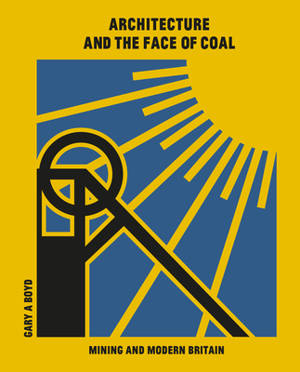
- Afhalen na 1 uur in een winkel met voorraad
- Gratis thuislevering in België vanaf € 30
- Ruim aanbod met 7 miljoen producten
- Afhalen na 1 uur in een winkel met voorraad
- Gratis thuislevering in België vanaf € 30
- Ruim aanbod met 7 miljoen producten
Zoeken
€ 72,45
+ 144 punten
Omschrijving
With only a handful of British coalmines remaining active and with targets set to reduce carbon emissions, the coal industry now seems to be heading towards extinction. Yet, it was coal that turned Britain into a world-leader during the Industrial Revolution and established the conditions for the modern state. In the 20th century, it generated building programmes on a massive scale concerning miners' welfare, settlements, and housing. The form, space, organisation, and aesthetics of architecture became of critical importance not just to the process of the industry's modernisation but also how it was perceived and understood both within and outside its workforce. But despite the centrality of coal mining and its workers to the development of modern Britain, as well as the contemporary recognition that aspects of its innovative architecture received, its built legacy has often been overlooked and physically almost completely erased. Divided into three parts, this is the first book which provides a critical and comprehensive examination of the architecture of coal in Britain and how it responded to the needs of the industry and, perhaps more significantly, its labour force.
Specificaties
Betrokkenen
- Auteur(s):
- Uitgeverij:
Inhoud
- Aantal bladzijden:
- 288
- Taal:
- Engels
Eigenschappen
- Productcode (EAN):
- 9781848223561
- Verschijningsdatum:
- 24/03/2023
- Uitvoering:
- Hardcover
- Formaat:
- Genaaid
- Afmetingen:
- 216 mm x 260 mm
- Gewicht:
- 1324 g

Alleen bij Standaard Boekhandel
+ 144 punten op je klantenkaart van Standaard Boekhandel
Beoordelingen
We publiceren alleen reviews die voldoen aan de voorwaarden voor reviews. Bekijk onze voorwaarden voor reviews.











